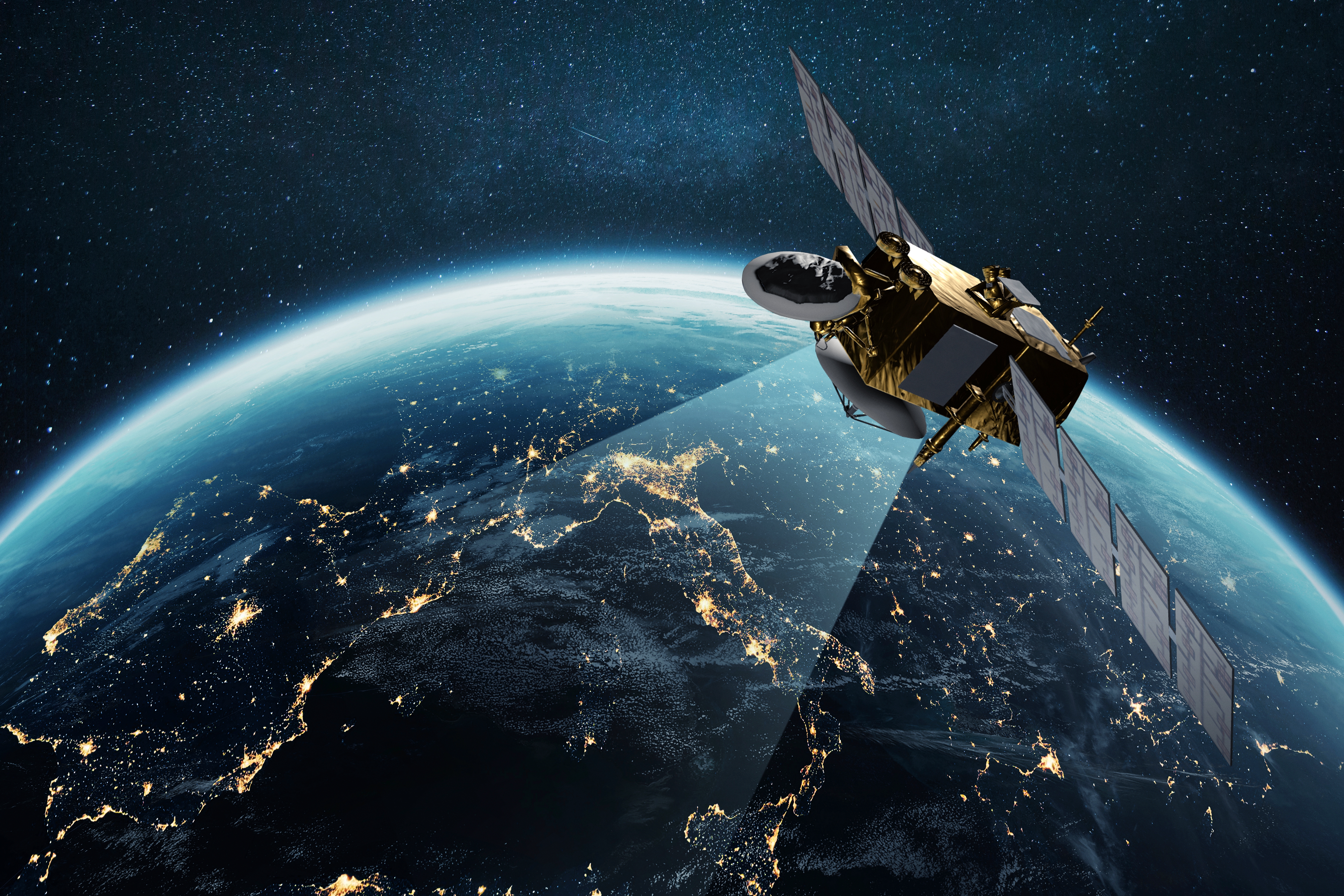Viasat moves to commercialise Electronically Steered Antenna Terminal for seamless aerial connectivity through ESA project

In another win for public-private cooperation between the European Space Agency (ESA) and an international company – Viasat plans to commercialise its new in-flight connectivity terminal technology. A result of long-standing and robust cooperation between ESA Connectivity and Secure Communications directorate and the Swiss-based Viasat Antenna Systems, under the Advanced Research in Telecommunications Systems (ARTES) programme, promising seamless in-flight connectivity for airlines and private users.
Over four years of cooperation, where ESA has co-financed and provided technical consultation for the project, Viasat has successfully implemented the Aeronautical Terminal Demonstration Project, Aidan, and Ground Terminal Demonstration Project, Spark – delivering two variants of a single beam phased array antenna for air and ground vehicles respectively. The single beam aeronautical phased array antenna was demonstrated on a test flight across Europe and multiple flights across the US in 2021, laying the foundation for a new commercial product. The land-mobile phased array antenna was demonstrated on multiple experimental vehicles and long-haul buses across Europe and Brazil in 2023.
Following the lessons learned developing Aidan, Viasat moved on to a more ambitious challenge: developing a dual-beam phased array antenna, instead of a single-beam one. This improvement ensures redundancy, enabling uninterrupted data exchange even when the satellite link switches between beams from independent connection sources. The resulting product is Viasat Aera, a next generation terminal technology that supports dual beam, simultaneous connection to geostationary (GEO) and non-geostationary orbit (NGSO) satellites It also incorporates a number of innovative features such as enabling intelligent routing of traffic at the application-level and includes a modular design that facilitates integration with a wide range of airborne and ground-based platforms.
Building on the innovation of Viasat Aidan, Viasat Aera offers simultaneous connectivity across Viasat’s and partner satellites in geostationary (GEO), highly elliptical, and low Earth orbits (LEO). This enables a best-in-class in-flight connectivity experience for airlines and passengers.
Commercial service for Viasat Aera is expected to begin in 2028. The terminal is designed for backward compatibility with existing onboard hardware, making it suitable for most aircraft using earlier-generation antennas.
“Phased Array Antennas are an evolutionary and much needed step towards more energy and space efficient in-flight connectivity solutions, and we are proud to have contributed to Project Aidan – a key milestone that led Viasat to developing Amara. We’re looking forward to next opportunities for cooperation with Viasat, and many other industry partners – for the benefit of all ESA Member States,” said Massimiliano Simeoni, Aidan’s Project Implementation Manager at ESA's Connectivity and Secure Communications.
“The Viasat Aera terminal is a key part of Viasat Amara, our next generation IFC solution going far beyond fast and free high-speed Wi-Fi,” said Viasat on its Viasat Amara announcement. “Our pioneering mission remains to help our airline customers maximise connectivity’s enormous potential for brand, loyalty, and growth. It's been great to work with ESA as one of our key partners to help bring it to fruition.”


